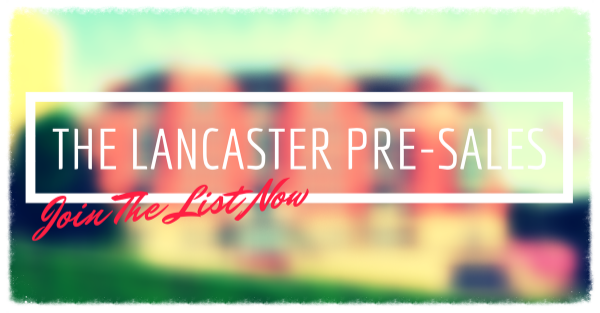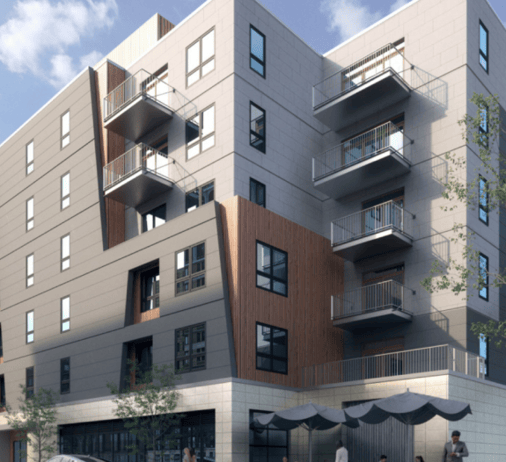The History of Boston’s Leather District
A Place Of Refuge
Named for the leather factories that once occupied much of this small neighborhood, the Leather District has long been a bustling area of town. Covering just nine blocks bordering the city’s famed Chinatown, the Leather District (or LD, as it’s known to some), was once a bustling home for specialty leather businesses and their owners. Following the Great Boston Fire of 1872, which decimated 65 acres of land and nearly 800 buildings over a 12-hour period, Boston residents were forced to find new homes for their businesses and families. Soon the Leather District, which had been virtually uninhabited up to that point, became a place of refuge for those looking to rebuild.
Stunning Architecture
From the 1880s to 1920s, the real estate market in the Leather District was booming, with leather manufacturers occupying much of the area’s commercial space. Despite the area’s booming economy, in the later part of the 20th century, with the leather trade being increasingly outsourced, much of the neighborhood’s stunning architecture was left empty. However, with Boston’s continued population growth from the early 2000s to the present, the area has become the location of an unexpected renaissance.
Today
With elegant 19th and 20th century classical revival architecture, a close-knit feel, and plenty of luxury homes converted from former factory spaces, the Leather District is once again a thriving community. Eschewing the chains that populate much of the city, the Leather District has remained true to its roots, with independent stores and restaurants lining its history-filled streets. From cocktail bars to clothing shops, yoga studios to inventive fusion cuisine, the Leather District exemplifies the American spirit in its pride, its history, and its ability to bounce back.

![By Marcbela (Marc N. Belanger) (Own work) [Public domain], via Wikimedia Commons](https://www.charlesgate.com/hs-fs/hubfs/Imported_Blog_Media/800px-Leather_District-300x210-2-1.jpg?width=300&height=210&name=800px-Leather_District-300x210-2-1.jpg)
